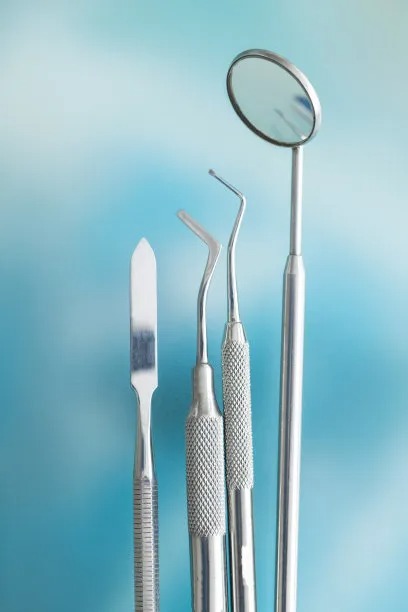The Essential Guide to Extracting a Tooth Understanding Procedures Aftercare and Avoiding Complications
Summary: Extracting a tooth, though often a necessary procedure, can be daunting for many patients. This essential guide delves into the procedures involved in tooth extraction, ensuring you understand what to expect. It emphasizes the importance of aftercare to promote healing and outlines common complications to be aware of post-extraction. By familiarizing yourself with these aspects, patients can approach the process more confidently, minimizing anxiety and enhancing recovery. Ultimately, this guide serves as a comprehensive resource, empowering individuals to make informed decisions regarding dental extractions.
1. Understanding Tooth Extraction Procedures

Tooth extraction is a common dental procedure, typically performed when a tooth is severely decayed, infected, or causing overcrowding. The process begins with a thorough examination by a dentist, who will take X-rays to assess the tooths condition and surrounding bone structure. Its crucial to have a proper diagnosis and treatment plan before proceeding.
Once the decision to extract the tooth is made, the dentist will administer local anesthesia to numb the area and alleviate discomfort during the procedure. In some cases, sedation may be offered for patients who experience anxiety, ensuring a more relaxed experience. The extraction itself involves loosening the tooth with special instruments before gently removing it from its socket.
After the tooth is extracted, the dentist may place gauze at the extraction site to control bleeding. Patients may be advised on specific measures to take to facilitate healing. Overall, understanding the steps of the procedure can help alleviate fear, making the experience more manageable.
2. Essential Aftercare Instructions
Post-extraction care is vital for effective healing and minimizing complications. Initially, patients should bite down gently on the gauze pad placed over the extraction site for about 30 minutes to help stop the bleeding. If bleeding persists, gauze can be replaced as needed until it subsides.
Once at home, it’s important to avoid vigorous rinsing or spitting for the first 24 hours, as these actions can dislodge the blood clot, leading to a painful condition known as dry socket. Patients should also refrain from using straws when drinking beverages, as the suction can disrupt the healing process.
In addition to these precautions, managing pain and swelling is crucial. Over-the-counter pain relievers, as recommended by the dentist, can help alleviate discomfort. Applying an ice pack to the outside of the cheek for the first few hours can further reduce swelling and provide relief. Overall, adhering to aftercare instructions optimizes the healing process.
3. Recognizing and Avoiding Complications
Complications following tooth extraction can range from mild to severe. One of the most common issues is dry socket, which occurs when the blood clot at the extraction site becomes dislodged. This condition can lead to significant pain and delays in healing, requiring further treatment from a dentist.
Infections are another potential complication, particularly if proper aftercare measures are not followed. Signs of infection may include increased swelling, pus discharge, or a fever. Prompt attention is necessary if any of these symptoms develop, as untreated infections can lead to systemic issues affecting overall health.
Additionally, nerve damage can occur, especially during the removal of lower wisdom teeth. This rare complication may result in numbness or tingling in the lips, chin, or tongue. Patients should communicate any unusual feelings to their dentist, who can provide guidance on potential recovery strategies.
4. Importance of Regular Dental Check-ups
One of the best ways to prevent the need for tooth extraction is through regular dental check-ups. These visits allow dentists to identify oral health issues early on, preventing decay and infections from worsening to the point of requiring extraction. Routine cleanings also help maintain gum health, which is crucial for overall dental well-being.
Education is key in oral hygiene practices. Patients should be encouraged to brush and floss daily, as well as limit sugary foods that contribute to cavities. By maintaining awareness of oral health, potential dental problems can be addressed promptly, reducing the risks associated with tooth extractions.
Furthermore, open communication with dental professionals can lead to personalized care strategies tailored to individual needs. This proactive approach emphasizes prevention, ensuring patients keep their natural teeth intact for as long as possible.
Summary:
In conclusion, extracting a tooth is a process that requires careful consideration, proper aftercare, and an understanding of potential complications. By educating oneself about the procedures and following recommended guidelines, individuals can navigate this experience with confidence. Regular dental visits further contribute to reducing the likelihood of extractions altogether, promoting lasting oral health.
This article is compiled by Vickong Dental and the content is for reference only.



